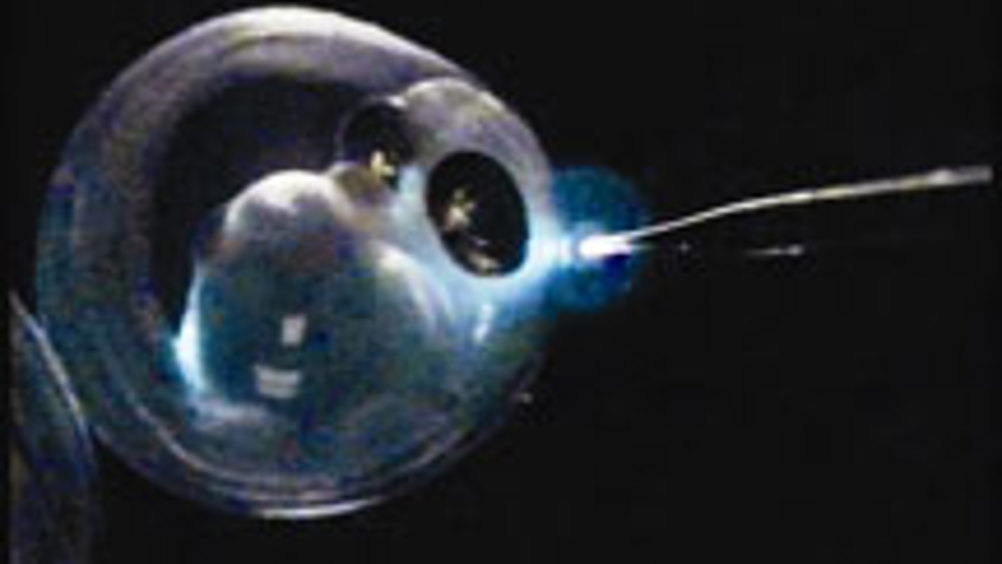Fishy sensor
Researchers have harnessed the sensitivity of days-old fish embryos to create a system capable of detecting a range of harmful chemicals.

Researchers at Purdue University have harnessed the sensitivity of days-old fish embryos to create a system capable of detecting a range of harmful chemicals.
By measuring rates of oxygen use in developing fish, which are sensitive to contaminants and stressful conditions, their system could reveal the presence of minute levels of toxic substances before they cause harm.
Marshall Porterfield, an associate professor of agricultural and biological engineering at the university, said: 'It could be used as an early warning system against environmental contamination or even biological weapons.'
Respiration is often the first of a fish's bodily functions affected by contaminants. The Purdue system uses a fibre optic probe to monitor this activity and produce results within minutes.
In the laboratory, Porterfield and his researchers first manually positioned the tiny optical electrode just outside individual embryos of two-day-old fathead minnows. At 1.5mm in diameter, they were slightly smaller than the head of a pin.
Register now to continue reading
Thanks for visiting The Engineer. You’ve now reached your monthly limit of news stories. Register for free to unlock unlimited access to all of our news coverage, as well as premium content including opinion, in-depth features and special reports.
Benefits of registering
-
In-depth insights and coverage of key emerging trends
-
Unrestricted access to special reports throughout the year
-
Daily technology news delivered straight to your inbox










Water Sector Talent Exodus Could Cripple The Sector
Maybe if things are essential for the running of a country and we want to pay a fair price we should be running these utilities on a not for profit...